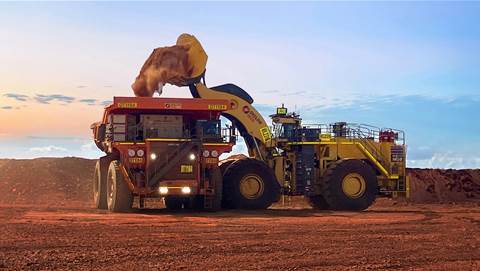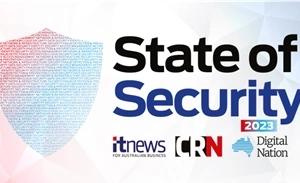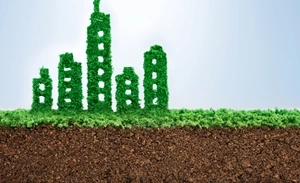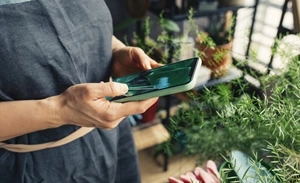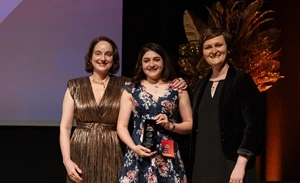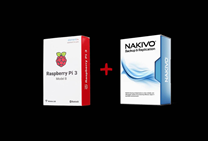The Gap Cubbyhouse Montessori is harnessing IoT technology to measure the level of carbon dioxide in the childcare centre, to minimise the spread of Covid-19.
Digital Nation Australia spoke to Sue-Ling Lau, director at The Gap Cubbyhouse, about how she leveraged her background in mining engineering to improve ventilation at the school.
“The only way I can try and mitigate, other than cleaning, or help to mitigate the spread of Covid within our centre was to improve the ventilation. But the only way I could improve the ventilation is if I knew how much ventilation was going through. That's why I started thinking about getting carbon dioxide monitors,” she said.
Lau worked with local company Zeplin to install IoT sensors in the centre, using Thinxtra’s 0G network to transmit the data.
While the sensors pick up heat, humidity and temperature, the trigger that Lau set was for carbon dioxide, to indicate potential virus levels in the air.
“We do know that once it hits over 1000 to 1200 parts per million, people can start to feel fatigued, um, and tired in a space with carbon dioxide that high. If we trigger at 800, we know then to open windows, open doors to increase the flow of air into our classrooms,” said Lau.
Since implementing the technology, the reaction from parents has been largely positive and Lau believes that coverage of the initiative has increased interest in the school from but a customer and talent perspective.
“We've had a lot more parents or potential families calling us up to go onto our waitlist. And interestingly, our industry doesn't have very many educators at the moment, probably nowhere near enough, but since we've had the digital coverage of these carbon dioxide monitors, we've actually had a lot of resumes come through as well from potential educators wanting to join our crew.”
Case Study: Childcare centre leverages IoT to minimise Covid-19 transmission
By
Velvet-Belle Templeman
on
Jul 12, 2022 12:20PM
© Digital Nation


